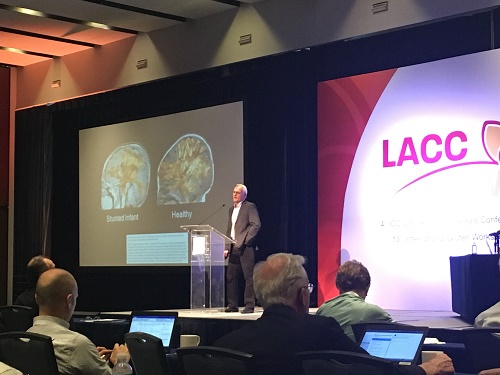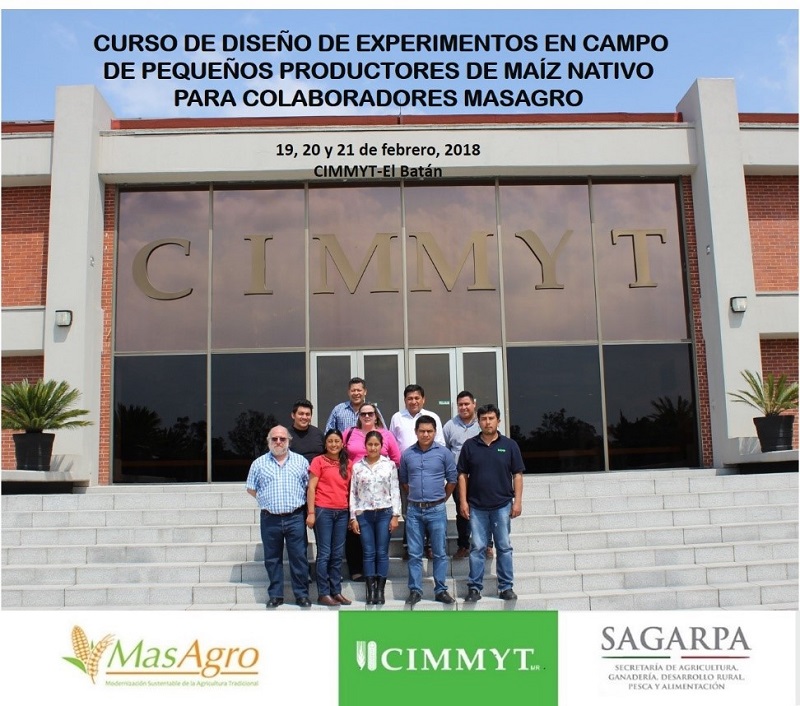Expert Mexican scientists and farmer cooperatives have formed a non-profit organization to support small-scale landrace maize farmers who continue to conserve and plant seeds of their own native heirloom varieties. The civil association, known as ProMaíz Nativo, intends to work collaboratively on projects to improve the lives of native maize and milpa farm families. Group members include national and internationally recognized maize experts, ethnobotanists, socioeconomists, food and nutrition scientists, marketing experts, maize farmers and farmer groups.
The civil association has also created a collective trademark, Milpaiz, which can be used by farmers to demonstrate the authenticity of the native maize varieties they grow and sell. This trademark will certify that a farmer’s maize is native to their community and derived from their continuous selection of seed. It will also certify that it is grown by small farmers and that they are selling only the surplus of their crops after feeding their own family. The trademark will also make a transparent effort to connect these farmers to a culinary market which values the quality, rarity and history of their production.
“Mexico is the center of origin of maize, and home to much of its genetic diversity. This initiative will allow us to certify that products are truly landrace maize from smallholder farmers, so that the benefits reach the smallholder farmers that have provided us with this biodiversity,” said Flavio Aragón, a genetic resources researcher with Mexico’s National Institute for Forestry, Agriculture and Livestock Research (INIFAP).
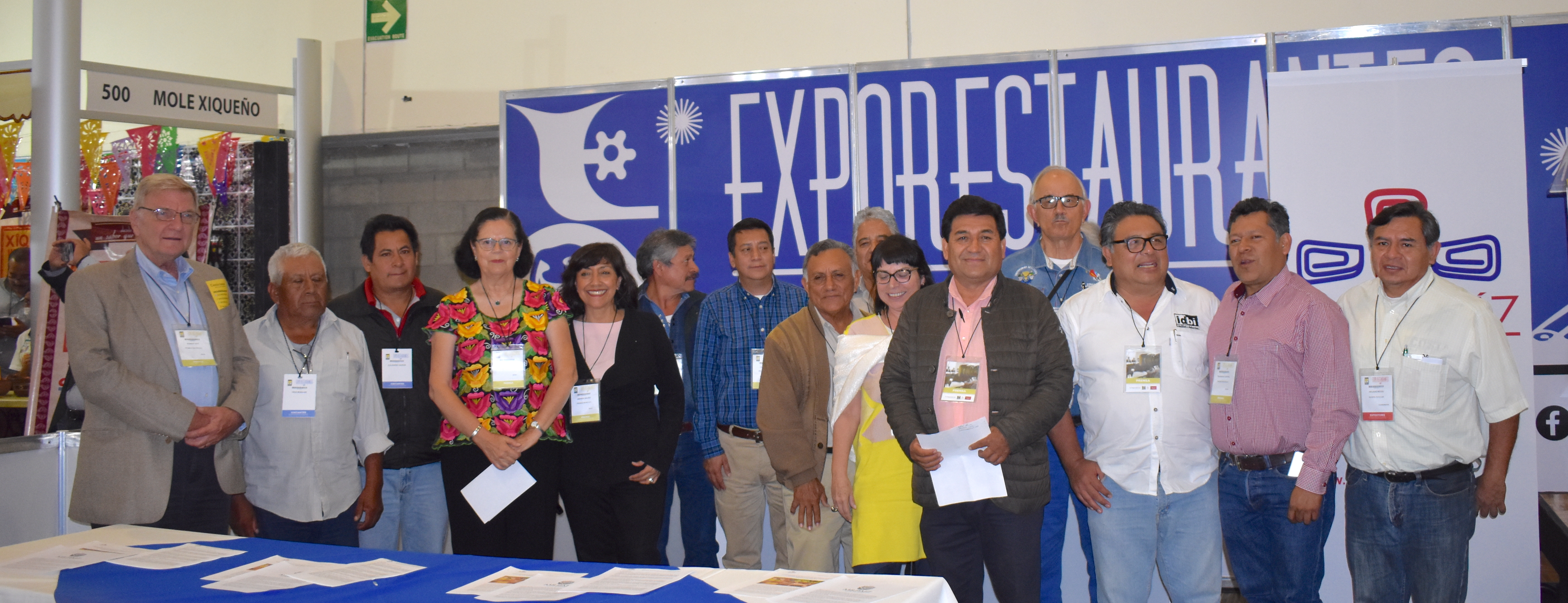
Researchers like Aragon, members of farmer groups and local chefs attended the official launch of ProMaíz Nativo on June 14, 2019, at the World Trade Center in Mexico City, during restaurant trade fair ExpoRestaurantes.
Edelmira Linares, ethnobotanist at the National Autonomous University of Mexico (UNAM) and member of the association, emphasized that the collective trademark Milpaiz covers all crops grown in the traditional milpa intercrop farming system in Mexico: maize, beans, squash, edible greens, amaranth, pumpkin seeds, and certain vegetables.
“The trademark will make it easier for income to reach the farmers, will allow smallholder farmers to sell their products in supermarkets and to have a legal presence,” said Amanda Galvez, a food chemist at UNAM and president of ProMaíz Nativo.
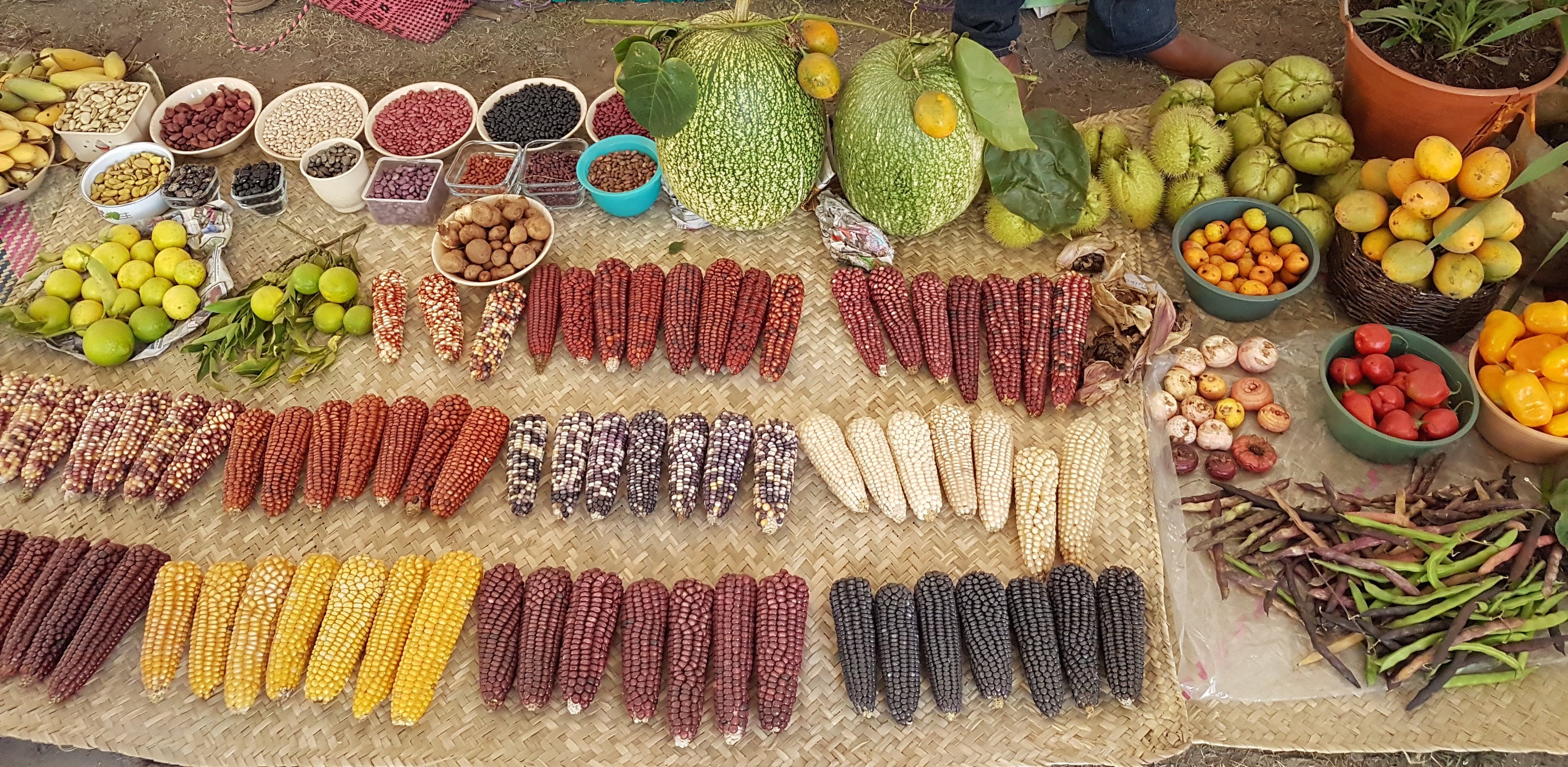
Fair and sustainable market growth
Many smallholder farmers continue to plant the same native maize varieties that their parents and grandparents planted, developed in their villages and regions and improved by farmer selection dating back to their ancestors. These varieties are prized by their local communities for their unique flavors, colors, texture and use in special dishes — and the global culinary community is catching on. Native maize, or landraces, have become extremely popular with chefs and consumers in the past few years, drawing attention and imports from across the world. However, increased demand can mean increased vulnerability for farmers.
Many maize experts in Mexico were concerned with how to best support and protect smallholder farmers navigating this increase in demand. Without guidelines and transparency, it is difficult to ensure that farmers are being fairly compensated for their traditional maize, or that they are able to save enough to feed their own families.
In a discerning culinary market, a symbol of certification such as the collective trademark could serve to differentiate the families who have long been the guardians of these native varieties from larger commercial farmers who acquire these heirloom seeds. But there was no pre-existing space for these guidelines to be determined and developed.
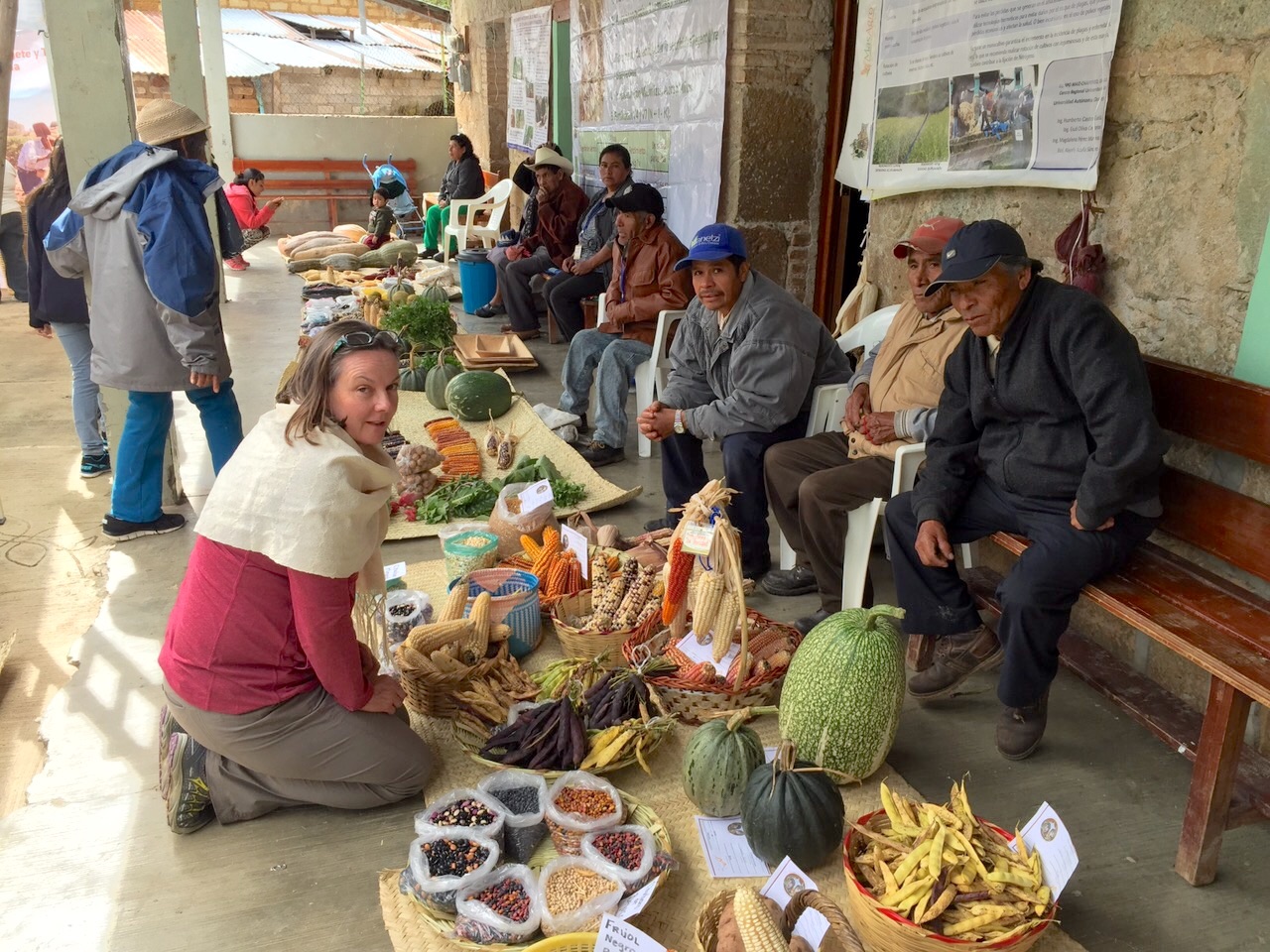
“There is a depth of expertise on maize in Mexico, but these experts all work at different institutions, making it more difficult for all of them to collaborate on a project like this,” said Martha Willcox, landrace improvement coordinator at the International Maize and Wheat Improvement Center (CIMMYT).
“The formation of this civil association is truly novel in the history of native maize in Mexico, and its strength comes from the expertise of its members, made up entirely of Mexican scientists and Mexican farmer co-ops,” Willcox explained.
She initiated and facilitated the formation of this group of scientists and continues to work closely with them as an advisor. “This association will help provide a space and network where these experts can work together and speak in one voice to support maize and maize farmers.”
CIMMYT does not have a seat in the association but has played a key role in its facilitation and has provided funding to cover logistics and fees related to the formation of the organization, through the CGIAR Research Program on Maize (MAIZE). Mexico’s National Commission for the Knowledge and Use of Biodiversity (CONABIO) has also participated in the logistics and facilitation of the formation of the organization.
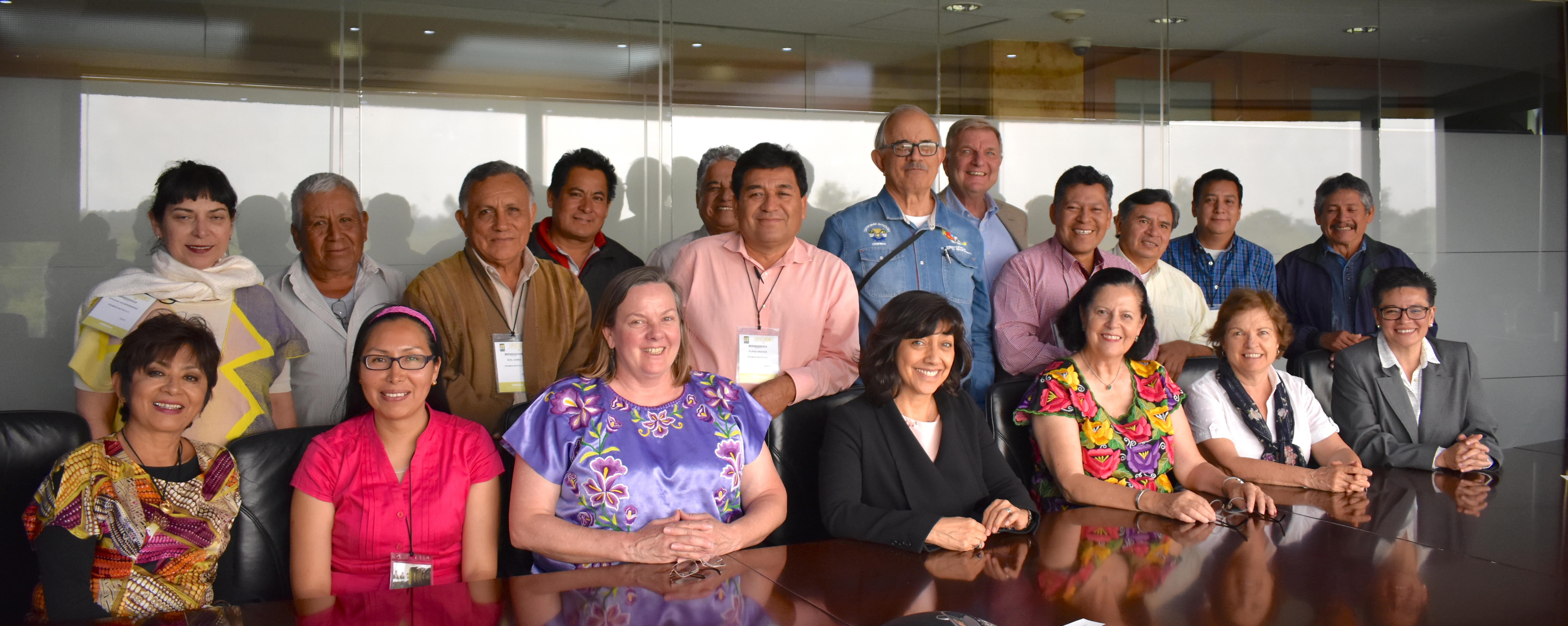

 Climate adaptation and mitigation
Climate adaptation and mitigation 